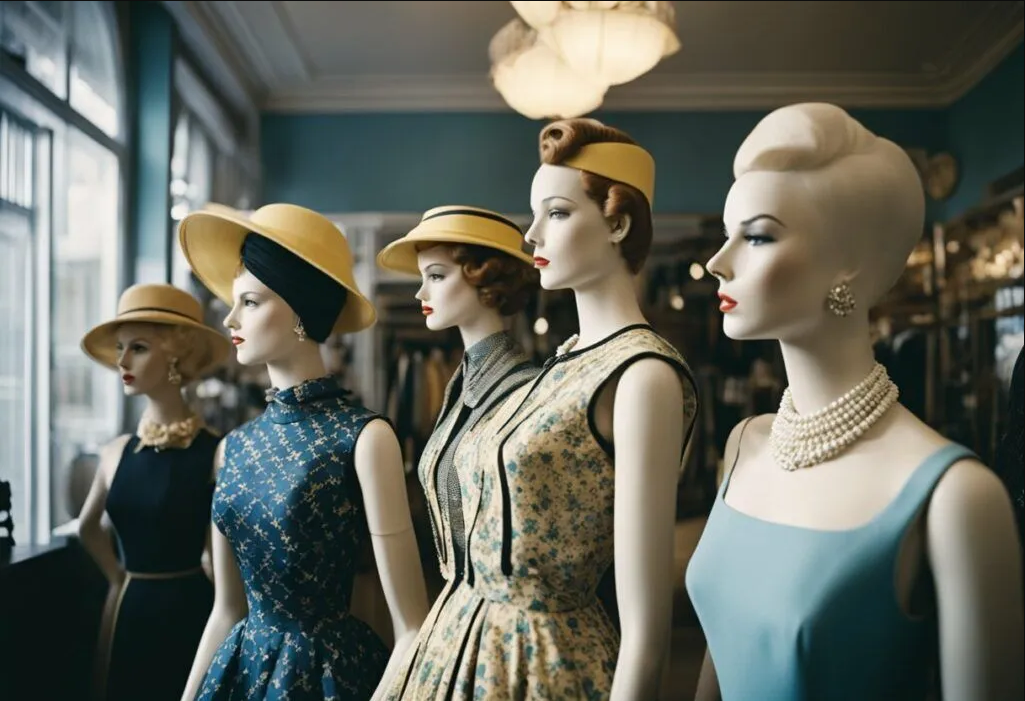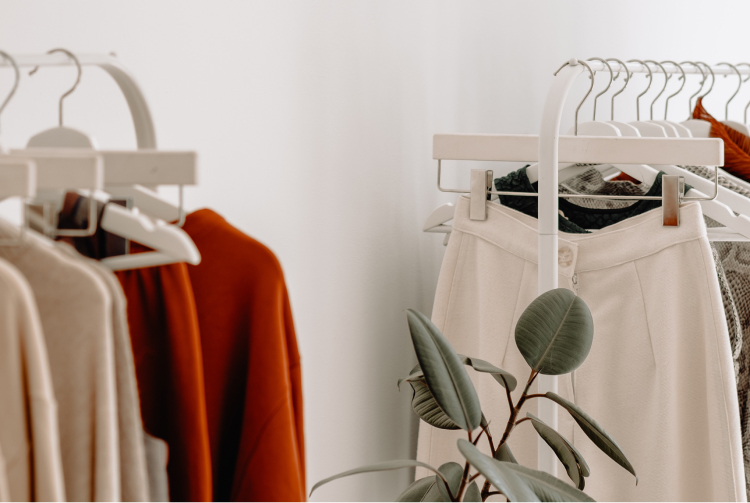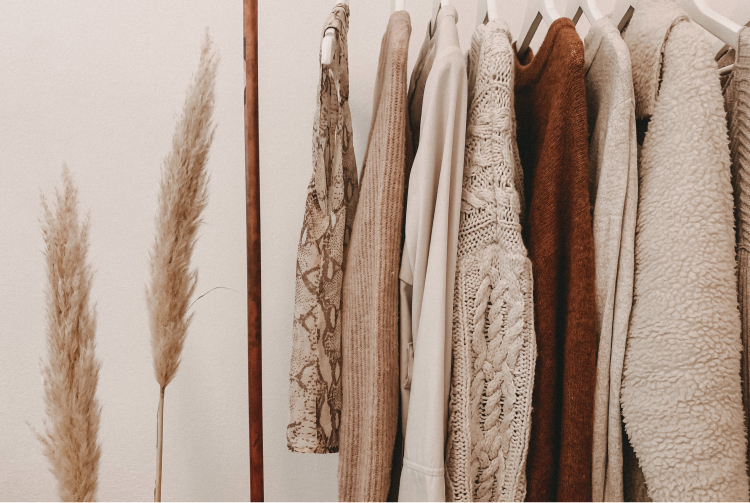The 1950s remain one of the most iconic periods in fashion history, characterized by dramatic shifts in style, silhouette, and cultural influence. A combination of post-war optimism, technological advances, and growing youth culture shaped the 1950 outfits, leaving a legacy that continues to influence modern fashion.
In this detailed guide, we’ll delve into the defining characteristics of 1950 outfits, examine their evolution, and uncover how this golden era shaped the global fashion industry.
1. The Social and Cultural Context of 1950 Outfits
1.1 Post-War Optimism and Economic Growth
The 1950s marked a time of recovery after the hardships of World War II. Economies were booming, and people could afford to focus on leisure and style. Fashion reflected this shift, moving away from the utilitarian designs of the 1940s to embrace opulence, color, and individuality.
- Luxury Returns: With the easing of wartime fabric restrictions, designers could experiment with fuller skirts, intricate embroidery, and lavish fabrics.
- Rise of Middle-Class Consumerism: The growing middle class fueled demand for affordable yet stylish clothing. Department stores and mail-order catalogs played a significant role in popularizing trends.
1.2 Hollywood’s Influence
The film industry greatly impacted the popularity of 1950 outfits. Icons like Marilyn Monroe, Grace Kelly, and Audrey Hepburn not only captivated audiences but also set fashion trends. Their outfits on-screen and off-screen were emulated by women worldwide.
1.3 The Emergence of Youth Culture
For the first time in history, teenagers became a distinct cultural group with their own preferences in fashion. Their love for rock ‘n’ roll, rebellious attitudes, and desire to differentiate themselves from adults gave rise to casual, edgy styles.
2. Women’s 1950 Outfits: A Celebration of Femininity
2.1 The Hourglass Silhouette
The hourglass figure became the epitome of beauty during this era. Women’s 1950 outfits were designed to accentuate the waist, often featuring cinched belts, fitted bodices, and flared skirts.
- Christian Dior’s New Look: Introduced in 1947, this design dominated the 1950s. Dresses with narrow waists and voluminous skirts became staples for both everyday and formal wear.
- Full-Skirt Dresses: Supported by crinolines or petticoats, these dresses offered a dramatic yet elegant look.
2.2 The Pencil Skirt Trend
In contrast to the full skirt, the pencil skirt became a sophisticated option for working women and formal events. Paired with fitted blouses or tailored jackets, this style was both professional and flattering.
2.3 Daywear vs. Eveningwear
- Daywear: Practical yet stylish, daytime 1950 outfits often included A-line skirts, button-up blouses, and cardigans.
- Eveningwear: For formal occasions, women donned glamorous gowns featuring luxurious fabrics like silk, satin, and chiffon, often accessorized with pearls and gloves.
2.4 Influence of Fabrics and Patterns
The choice of fabric and pattern added character to women’s 1950 outfits:
- Fabrics: Cotton for casual wear, and taffeta or velvet for formal attire.
- Patterns: Polka dots, gingham, and floral designs were among the most popular prints.
3. Men’s 1950 Outfits: The Era of Elegance and Rebellion
3.1 Formal Attire
For men, 1950 outfits centered around tailored suits. The “Mad Men” look—sharp suits with narrow lapels and slim ties—dominated workplaces and formal settings. Neutral tones like gray, navy, and black were the most common choices.
3.2 Casual Wear
The rise of leisurewear was a key trend:
- Hawaiian Shirts: These colorful, patterned shirts symbolized relaxation and vacation fashion.
- Cardigans and Sweaters: Worn over collared shirts, these added a preppy touch to casual outfits.
3.3 The Rock ‘n’ Roll Influence
Icons like Elvis Presley and James Dean introduced a rebellious edge to men’s 1950 outfits. Leather jackets, denim jeans, and white t-shirts became synonymous with youthful defiance.
4. Accessories That Completed 1950 Outfits
4.1 Women’s Accessories
Accessories were crucial in defining women’s style in the 1950s:
- Hats: Pillbox hats and wide-brimmed designs added elegance.
- Gloves: Worn at formal events, they symbolized sophistication.
- Shoes: Stiletto heels and ballet flats complemented different looks.
4.2 Men’s Accessories
For men, accessories completed the polished look:
- Fedoras: These hats remained a staple of formalwear.
- Shoes: Oxford and wingtip shoes were popular choices.
- Pocket Squares and Cufflinks: Essential for adding flair to suits.
5. The Global Influence of 1950 Outfits
5.1 United States
American fashion was characterized by practicality and the rise of casual wear. Teenage trends like poodle skirts, saddle shoes, and denim jeans dominated youth culture.
5.2 Europe
Haute couture thrived in Europe, with designers like Dior and Givenchy leading the way. Fashion houses in Paris shaped the global perception of elegance.
5.3 Asia and Africa
In regions like Japan and Africa, traditional garments began to incorporate Western elements, creating unique hybrid styles.
6. The Enduring Legacy of 1950 Outfits
6.1 Modern Revivals
The timeless appeal of 1950 outfits continues to inspire contemporary fashion. Retro-themed collections often feature full skirts, fitted waists, and polka-dot patterns.
6.2 Influence on Subcultures
The rockabilly and vintage subcultures celebrate the era’s rebellious and glamorous aesthetics, showcasing the enduring appeal of 1950 outfits.
6.3 Pop Culture Tributes
Movies and TV shows like Grease and Mad Men have kept the charm of the 1950s alive, introducing new generations to its style.
FAQs About 1950 Outfits
1. What are the key features of women’s 1950 outfits?
The hourglass silhouette, full skirts, fitted blouses, and pastel colors defined women’s fashion.
2. How did men dress in the 1950s?
Men’s 1950 outfits ranged from tailored suits for formal settings to casual leather jackets and jeans inspired by rock ‘n’ roll culture.
3. What accessories were popular in the 1950s?
Women accessorized with gloves, hats, and pearls, while men favored fedoras, ties, and cufflinks.
4. Why are 1950 outfits still relevant?
Their timeless elegance and iconic designs make them a source of inspiration for modern fashion trends.
5. How can I recreate a 1950-inspired outfit today?
Opt for vintage-style dresses with full skirts, pencil skirts, or high-waisted pants paired with fitted tops for a retro look.
Conclusion: The Timeless Allure of 1950 Outfits
The 1950 outfits era was a celebration of innovation, elegance, and individuality. From the polished sophistication of formalwear to the rebellious charm of youth culture, the styles of the 1950s continue to captivate fashion enthusiasts.
Whether you’re a vintage aficionado or someone looking to add a touch of retro flair to your wardrobe, the enduring legacy of 1950s fashion offers endless inspiration.
Welcome to our blog We encourage you to get in touch Contact us



